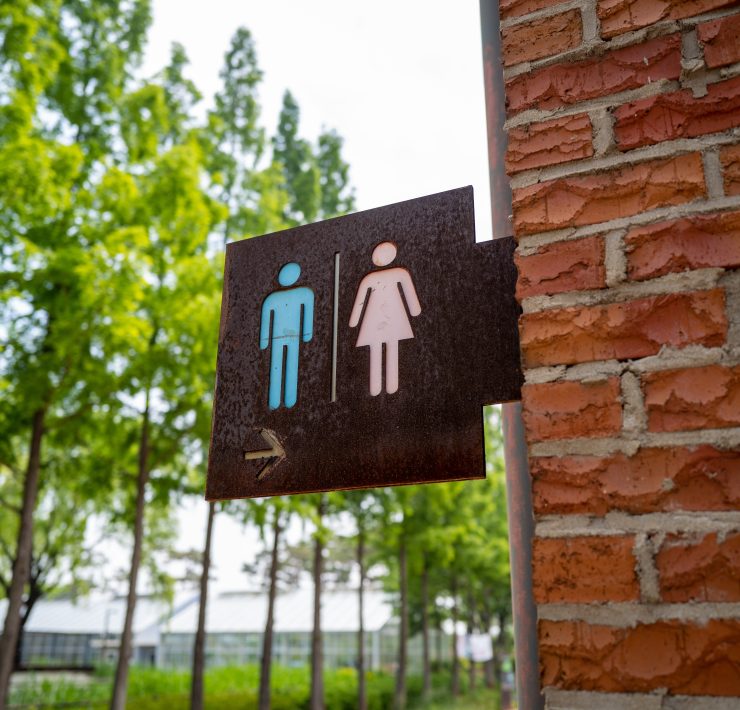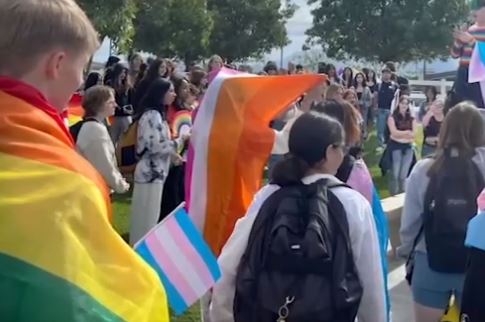Judy Richardson: Black History Month Spotlight

When examining the civil rights background of our country, a few important names come to mind: Martin Luther King, Jr., Malcolm X, Rosa Parks, John Lewis. While these figures were incredible activists and are fully deserving of the attention they receive from historians and the media, it can be easy to forget those activists with names less well known and who receive less media attention, like Judy Richardson.
A filmmaker and activist, Judy Richardson was a woman who began her involvement with the Civil Rights Movement in 1962, when she was one of eight Black students accepted into Swarthmore College.
At Swarthmore, Richardson quickly joined the Swarthmore Political Action Committee, and traveled to Cambridge, MD on weekends to protest segregated public facilities. There, she met leaders of the Student Nonviolent Coordinating Committee (SNCC), like Gloria Richardson and Reggie Robinson. She eventually made her way to the Atlanta office of SNCC, and after meeting James Forman, she began to work as his secretary. While in Atlanta, she staged a sit-in outside James Forman’s office to advocate for the unfair treatment of women in SNCC.
The SNCC national office moved to Greenwood, MS in 1964, and Richardson followed. She was 20 years old at the time, and she lived in a home provided by a local family during the 1964 Freedom Summer. It was a time of great violence against members of SNCC, and as Richardson describes in the interview below, many Black voter-registration workers had gone missing, presumably murdered by white police officers and white supremacists. During the summer, she worked the phone line to other SNCC offices and reported racist attacks on Black members of SNCC and others to the local FBI.
While with SNCC, Judy Richardson organized a number of successful projects. She managed Julian Bond’s successful campaign for the Georgia House of Representatives. In 1965, she organized a freedom school for high-school-aged students from the North and young people from the South to work and learn together.
Three years later, in 1968, Richardson and her former colleagues from SNCC created the Drum and Spear bookstore in Washington, D.C. The assassination of Martin Luther King, Jr., had taken place two months prior to the opening of the bookstore. The store was a meeting place for SNCC members and other activists, as well as a place where Black- and activist-focused literary resources were readily available.
Richardson’s work on the acclaimed series Eyes on the Prize began in 1978. She acted as researcher, content advisor, associate producer, and education director at different times for the full 14-hour series which first premiered in 1987. She later co-produced Malcolm X: Make it Plain in 1994.
Her more recent works include Hands on the Freedom Plow: Personal Accounts by Women in SNCC, an anthology in which 52 women share personal accounts of their time in SNCC.

*Image courtesy of Wikimedia
To learn more about the inspiring Judy Richardson, listen to her oral history here.
Read more on Black History Month from OFM here.








